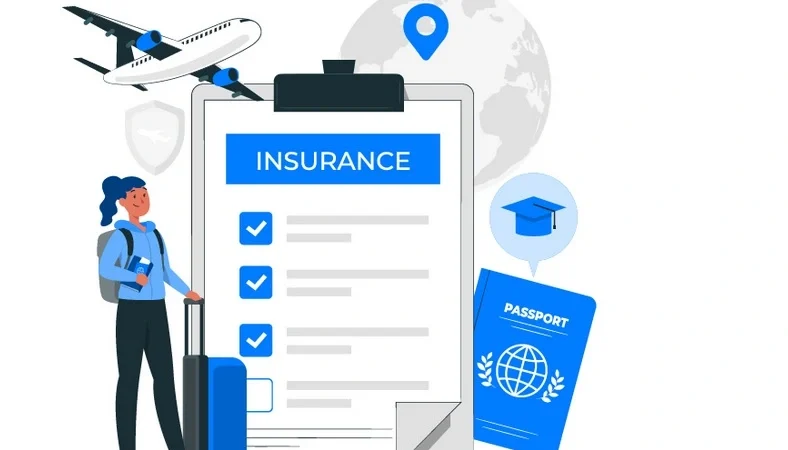Use of the Internet and Social Media as a Teaching Tool
The Internet is one of the best richest resources for learning and teaching. Since the beginning of web 2.0, the evolution of the digital age could be inevitably discerned. The second generation of the web ensures extensively facilitating online collaboration, communication, information sharing, and a more reliable connectivity.
The advent of social media platforms such as Facebook, Twitter, and YouTube was once considered an unnecessary distraction which hindered the productivity of an individual. However, as the era of technological advancement evolved, the use of social media for enhancing the productive ends was soon realized. So, how does the internet play its role in facilitating teachers in the classroom or even outside the boundaries of the classroom? Let’s find out:
- Moodle: Moodle is an open source learning management system tool which efficiently helps in extending the learning environment. It allows the educators to make private websites and customized online courses. It also helps them in conducting online quizzes for the students.
- MOOC – Massive Open Online Courses: They are Commercial Learning Management Systems designed to enable unlimited collaboration for students. On one hand, MOOC features traditional courses including recorded lectures by the professors and the reading materials. On the other hand, there are interactive courses where immediate feedback is possible. MOOC also features assignments and quizzes that turn the online experience into an experience similar to that of the classroom. In this regard, Udemy, Coursera, and Edx are the most popular and successful MOOC platforms. The popular online learning systems could be of great assistance; however, they may get too complex at times. Moreover, they might require greater bandwidth speeds, excellent working internet connections, and greater consumption of time.
- Blogging Platforms: There exist blogging platforms and Q&A sites dedicated to easing the woes of students who are searching for assignment help online, for instance, Quora, Yahoo! Answers, and They are continually becoming the most popular online platforms that facilitate the queries of whole communities of students, users, experts, as well as professionals. If you’re unable to acquire the reliable assignment help through these platforms then, you can seek paid exclusive expert help from sites such as Chegg and Algebra.com.
- Class Facebook Groups: Social Media is also another excellent source for online learning. It can be used productively and effectively to assist the students in learning and broadening the horizons of the classroom. There are many creative uses of social media sites for learning. The Facebook groups made by teachers can be used to post assignments, provide learning material for the students, and remind them about deadlines and quizzes. This helps teachers in disseminating content ahead of their class so that the students can come prepared. Facebook actually facilitates student learning rather than just serving as a platform for social interaction.
- Twitter Discussion Threads: Twitter is a micro-blogging site; thus, you might not have even imagined its beneficial use other than the provision of news. However, when used creatively, Twitter discussion threads can be used to discuss various topics between the teachers and the students similarly like a physical classroom. Moreover, students can follow knowledge-filled hashtags on Twitter that let them know about world current affairs.
Conclusively, students are always going to use social media and the internet for purely fun activities that don’t contribute to their learning. However, integrating the digital media into the classroom does not only immensely contribute to their growth and academic development but also shows them a productive way of using it for their own benefit.








